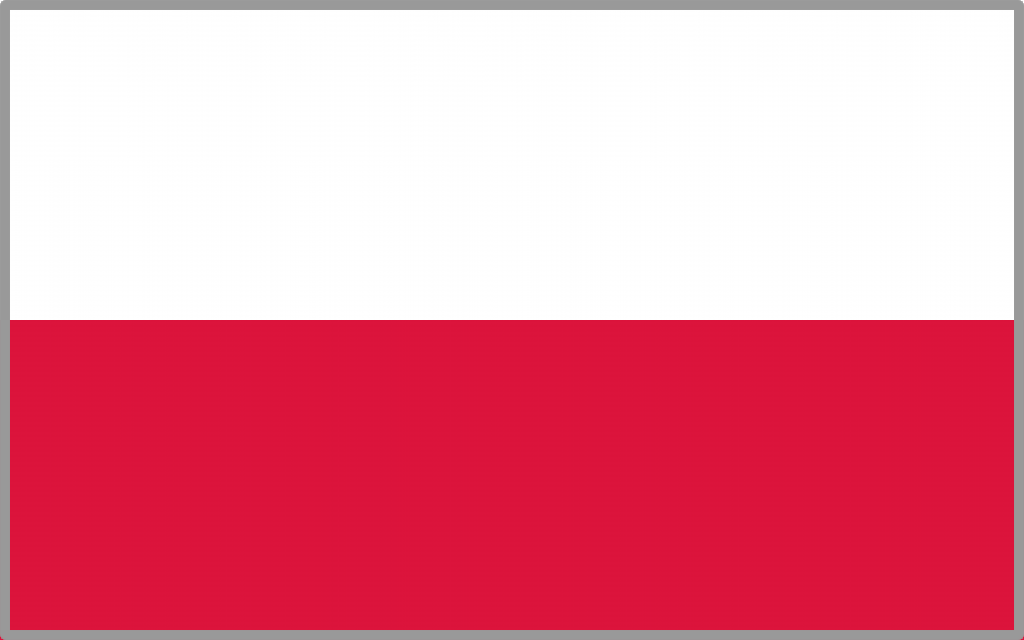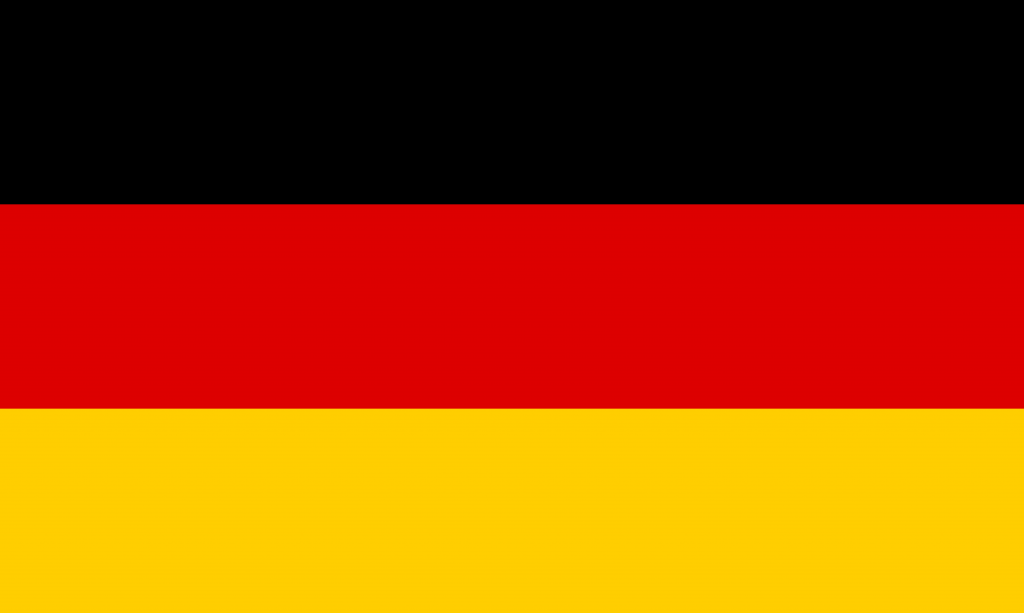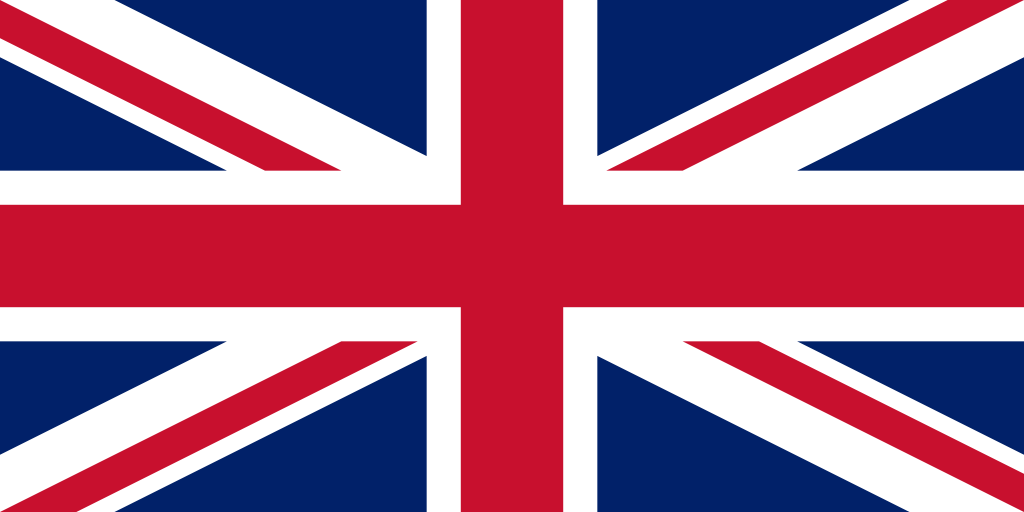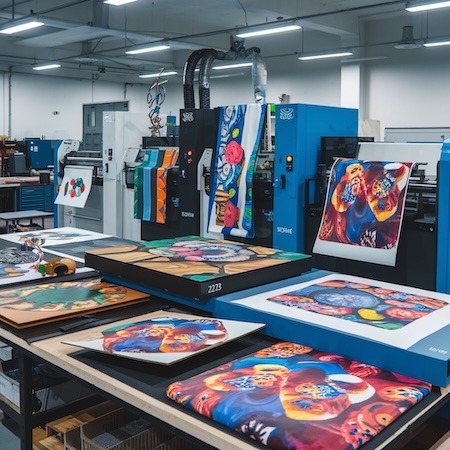Printing on non-standard materials offers a myriad of possibilities – from elegant wood to modern metal to glass or foil. Each of these materials allows for a different visual and tactile effect that can reinforce a brand’s message. Paper is ubiquitous in the print world, but not always the best. Sometimes it’s worth reaching for materials that will make a project unique.
Printing on non-standard materials – wood as an ecological choice
Natural, warm and unique – wood has been popular in the world of advertising and design for years. Thanks to UV technology, patterns, lettering or logos can be precisely printed on it, achieving a permanent effect.
Companies often choose this material to create personalized packaging, signage and advertising gadgets. Wooden elements add exclusivity and are a great alternative to plastic. An additional advantage is their ecological nature – customers are increasingly paying attention to environmentally friendly materials.
Printing on non-standard materials – metal as a symbol of modernity
If you want a premium image, metal is the ideal choice. Aluminum and steel surfaces give designs an elegant, minimalist look. They are used to create nameplates, exclusive business cards and corporate interior decorations.
UV printing allows for vivid colors that contrast brilliantly with glossy or matte metal surfaces. An alternative is laser engraving – a minimalist but extremely elegant way of marking.
Printing on non-standard materials – glass in advertising and decoration
It’s not just wooden and metal elements that can highlight a brand’s unique character. Increasingly, companies are opting for printing on glass, which gives the effect of depth and transparency. It can be found in luxury interiors, offices and hotels, where glass signage or decorative panels give the space a modern look.
Glass is also perfect for the cosmetics and food industry – printed bottles or jars look elegant and emphasize the exclusive nature of the products. Thanks to UV technology, prints are resistant to moisture, which makes them suitable for both indoor and outdoor use.
Not only hard materials – printing on fabrics and films
Not all printing surfaces need to be rigid. Fabrics and films are extremely versatile materials that allow for creative personalization. Here are some examples of their use:
- Printing on fabrics – t-shirts, bags, curtains or pillows. This is a great option for apparel brands and companies that want to offer personalized goodies.
- Printing on self-adhesive film – used for advertising on storefronts, product stickers and signage. The film is weather resistant and easy to apply.
- Magnetic and reflective films – ideal for vehicle signage, advertising boards or creating temporary markings.
Fabrics allow for a soft and elegant effect, while foils offer flexibility and durability – both materials are great for modern marketing.
Summary
If you want your brand to stand out, it is worth betting on printing on non-standard materials. Wood, metal, glass, fabric or foils are all mediums that allow you to create unique advertising and decorative designs.
Each of these materials gives a different visual and tactile effect that can emphasize the company’s image. Exclusivity, modernity, ecology – whatever you care about, we will find the right solution. If you have an idea for a custom design, contact our printing house – we will advise the best technology and help you realize your vision!





